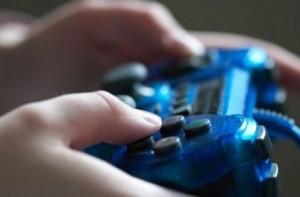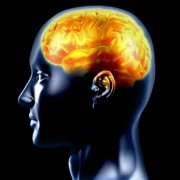Playing video games for hours on end may prepare your child to become a laparoscopic surgeon one day, a new study has shown. Reorganisation of the brain’s cortical network in young men with significant experience playing video games gives them an advantage not only in playing the games but also in performing other tasks requiring visuomotor skills. The findings are published in the October 2010 issue of Elsevier’s Cortex. [continue reading…]
Brain
Sophie Molholm, Ph.D., discusses her new study of how children with autism spectrum disorders process sensory information such as sound, touch and vision. Dr. Molholm is associate professor in the Dominick P. Purpura Department of Neuroscience and of pediatrics.
A new study by researchers at Albert Einstein College of Medicine of Yeshiva University has provided concrete evidence that children with autism spectrum disorders (ASD) process sensory information such as sound, touch and vision differently than typically developing children.
The study, which appears in the August 17 online issue of Autism Research, supports decades of clinical and anecdotal observations that individuals with ASD have difficulty coping with multiple sources of sensory information. The Einstein finding offers new insights into autism and could lead to objective measures for evaluating the effectiveness of autism therapies. [continue reading…]
An interesting article in the New York Times. Todd Braver, a psychology professor at Washington University in St. Louis, was one of five neuroscientists on an unusual journey. They spent a week in late May in a remote area of southern Utah, rafting the San Juan River, camping on the soft banks and hiking the tributary canyons.
It was a primitive trip with a sophisticated goal: to understand how heavy use of digital devices and other technology changes how we think and behave, and how a retreat into nature might reverse those effects. link to read more about this journey
Source: New York Times
A Menzies Research Institute study, recently published in the international neuroscience journal Cerebral Cortex describes how nerve cells change their structure in response to the trauma.
About one Australian in 45 has acquired brain injury.
Two out of three of these people will acquire their brain injury before they turn 25 years old. Three out of every four people with acquired brain injury are men.
In Tasmania it is estimated that each year 2,500 people acquire a brain injury. [continue reading…]


